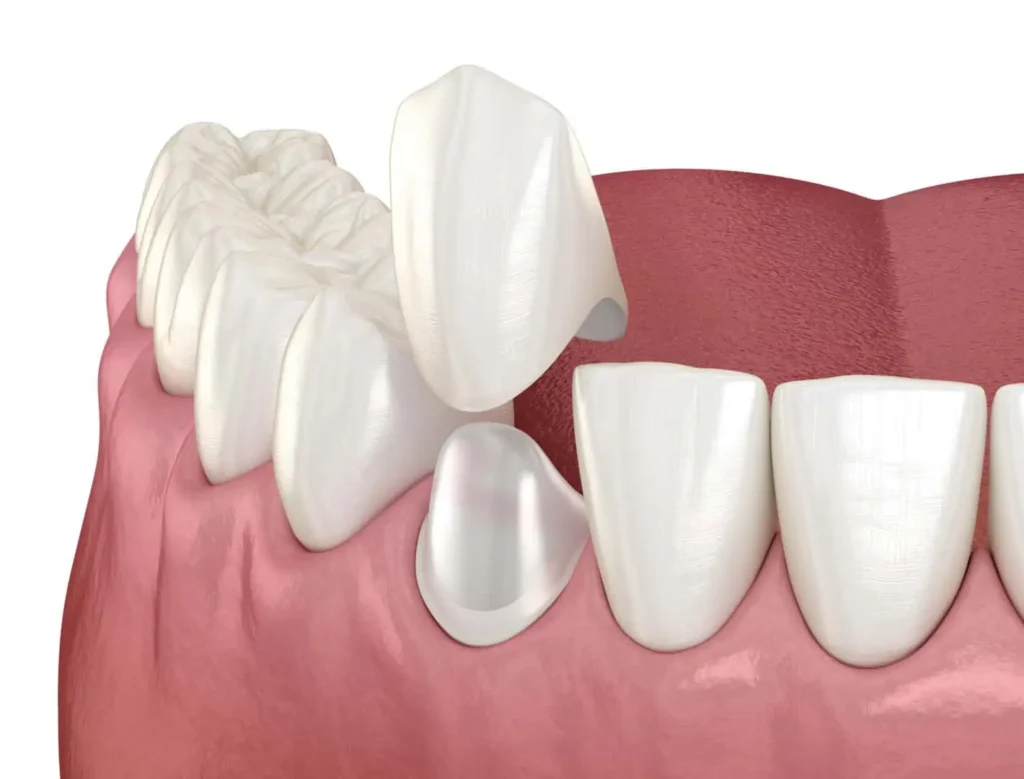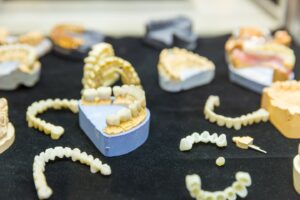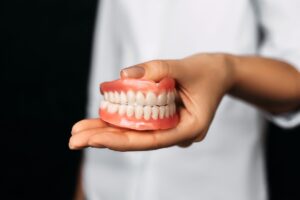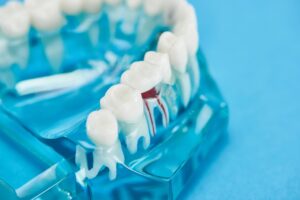Dental crowns, also known as dental caps, are commonly used to protect and restore damaged teeth, offering strength and enhanced appearance. They are applied over teeth weakened by decay, large fillings, root canals, or fractures, and can even improve the look of misshapen or discolored teeth. Ever wondered how dental crowns can effectively restore both function and aesthetics to your smile while protecting against further damage?
Types of Dental Crown Materials
There are several different materials that can be used to create dental crowns. Each material has its own unique properties and benefits. The most commonly used materials for dental crowns include:
- Porcelain: Porcelain crowns are known for their natural appearance and are a popular choice for visible front teeth.
- Ceramic: Ceramic crowns are also highly aesthetic and can be a good option for both front and back teeth.
- Metal: Metal crowns, such as gold or silver, are known for their strength and durability. However, they are less aesthetically pleasing and are usually reserved for back teeth.
- Zirconia: Zirconia crowns are a newer type of crown material that combines the strength of metal crowns with the natural appearance of porcelain or ceramic crowns.
When choosing the right material for dental crowns, it is important to consider factors such as the location of the tooth, the patient’s aesthetic preferences, and their budget. Your dentist will assess your individual needs and guide you in choosing the most suitable material for your dental crowns.
The Dental Crown Procedure
The dental crown procedure typically involves several steps and can span over a few appointments. Here is a breakdown of what to expect during the dental crown procedure:
Consultation and Examination
The first step in getting dental crowns is to schedule a consultation with a dentist. During this initial visit, the dentist will examine your teeth and gums to assess the suitability for dental crowns. They may take X-rays and dental impressions to help plan the treatment.
Tooth Preparation
Before placing a dental crown, the dentist will prepare the tooth by removing any decayed or damaged tooth structure. This is done to ensure a proper fit for the crown. In some cases, the tooth may need to be reshaped to create enough space for the crown. If necessary, a temporary crown may be placed to protect the tooth until the final crown is ready.
Impression Taking
Once the tooth is prepared, the dentist will take impressions of the prepared tooth and the adjacent teeth. These impressions serve as a blueprint for creating a well-fitting dental crown. In recent years, digital impressions using advanced scanning technology have become increasingly popular, offering improved precision and accuracy.

Crown Fabrication
After taking the impressions, the dentist will send them to a dental laboratory where the actual crown will be fabricated. The dental laboratory technicians will use the impressions to create a custom-made crown that matches the size, shape, and color of the natural teeth. The fabrication process can take a few weeks, during which a temporary crown may be worn.
Crown Placement
Once the final crown is ready, you will return to the dentist’s office for the final crown placement. The dentist will test the fit, color, and aesthetics of the crown before bonding it to the tooth using dental cement. Any necessary adjustments will be made to ensure optimal comfort and appearance. Once the crown is securely in place, the dentist will polish it to a natural shine.
Aftercare and Maintenance
Following the placement of dental crowns, it is important to maintain proper oral hygiene to ensure their longevity. This includes brushing and flossing regularly and visiting your dentist for routine check-ups and cleanings. Although dental crowns are strong and durable, they can still be subject to wear and tear over time, so it is important to take care of them.
Advantages and Disadvantages of Dental Crowns
Dental crowns provide numerous benefits for restoring damaged teeth, including protection and strengthening of weakened teeth, restoration of normal biting and chewing function, improved cosmetic appearance, long-lasting durability, and customization to match natural teeth.
However, potential drawbacks include higher cost compared to other options, necessary tooth preparation involving removal of natural tooth structure, possible temporary sensitivity, and risk of chipping or fracturing under excessive force. It’s important to consider alternative treatments like fillings, veneers, or dental implants depending on individual needs, as evaluated by your dentist for the most suitable solution.
Conclusion
Dental crowns play a crucial role in protecting and restoring damaged teeth, providing strength, protection, and improved aesthetics, which make them a popular choice among patients. The dental crown procedure involves several steps, including consultation, tooth preparation, impression taking, crown fabrication, and crown placement. Proper aftercare and maintenance are essential to ensure the longevity of dental crowns.
If you’re considering dental crowns or have any questions, consulting with a trusted dentist is recommended. They can assess your specific needs and offer the best treatment options tailored to your case. Dental crowns have the potential to enhance your smile and improve your oral health significantly, so seeking professional advice is key.
Ultra Smile Dental Spa and its professionals in Miami, Florida, come highly recommended for their expertise in dental crowns and comprehensive dental care.







